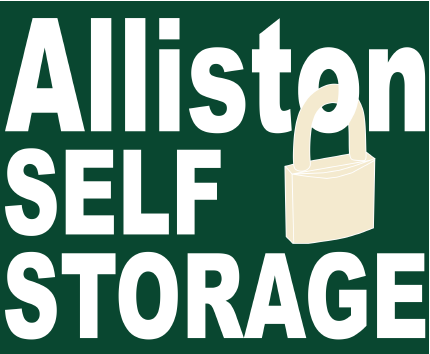Moving into your first self-storage unit can be an overwhelming experience. Whether you’re downsizing, decluttering, or need extra space for seasonal items, there are some important tips to keep in mind as a new renter. With so many options and decisions to make, it’s easy to feel lost or unsure of how to properly utilize and maintain your storage unit. In this blog post, we’ll discuss all the essential tips and tricks you need as a new renter to ensure your self-storage journey is smooth sailing. From choosing the right size unit to packing and organizing techniques, our goal is to help you make the most out of your self-storage rental with ease and confidence.
The Importance Of Self-Storage For New Renters
The lack of extra storage can be a rude awakening when transitioning from home to a rental property. What might have fit comfortably before now becomes a challenge. Self-storage units offer a structured, secure environment where possessions can be organized and stored. It’s not just a matter of accommodating your belongings; it’s a practical solution that can relieve the stress of a new living space that’s temporarily too small.
Benefits For New Renters And First-Time Movers
• Organizational Resource: Offering a neutral space for superior organization, a storage unit can bring much-needed structure to your life post-move. Categorizing and keeping your belongings in a separate space can make it easier to keep track of things while settling into your new home.
• Security: Self-storage units offer advanced safety measures, from key-code access to surveillance cameras. This added security can bring peace of mind and assurance that your belongings are protected while you’re away.
• Space Flexibility: For items you can’t make space for in your new rental, self-storage allows you to keep items close without cluttering your primary living space.
Choosing The Right Storage Unit
The success of your self-storage experience often hinges on the unit you choose.
Size Considerations
First on the list is the size of the unit, which should correspond with the volume of stuff you need to store. Overestimating or underestimating this can lead to problems – a cramped unit is hard to access, whereas an overly spacious one could lead to unnecessary spending.
Location Proximity
Proximity is more than the distance to your home; it’s about convenience. Choose a unit near amenities you regularly visit or on a route you often travel. This extra time can be repurposed for other crucial moving or settling-in activities.
Security Features
Assess the storage facility’s security. This isn’t just about gate locks and padlocks; it’s also about the structure’s integrity, the presence of security personnel, and modern security technology that includes cameras and alarms.
Packing And Organization Tips For Your Storage Adventure
Packing is an art, especially when it comes to self-storage. It’s a blend of foresight, technique, and labelling – a critical trio to ensure easy access and preservation.
Decluttering Before Storage
Resist the urge to simply dump everything. A move is an excellent time to declutter. Be ruthless; if you haven’t used it in the past year, you probably don’t need it in your storage unit. Sell, donate, or discard these items to make room for your needs and wants.
Sturdy Boxes And Plastic Containers
Boxes are the preferred packing method when using self-storage units. They’re stackable, uniform in size, and relatively inexpensive. For extra protection against moisture and dust, consider utilizing plastic containers with secure lids.
Proper Packing Techniques
Use good-quality, sturdy boxes and packing materials to protect your items. Over time, dust can accumulate in a poorly sealed area, so ensure everything is airtight.
Labeling And Inventory Management
This step is a time-saver. Label all your boxes and keep a master checklist – a simple spreadsheet with each item and its corresponding box number will suffice. Retrieving that need-it-right-now item from your storage unit is made infinitely easier with a clear inventory.
Maintenance And Security Once You’ve Stored Your Items
You’ve put your items into storage, but the buck doesn’t stop there. Regular checks and security measures are key to ensuring the continued well-being of your stored possessions.
Regular Checks On Stored Items
Visit your storage unit periodically to ensure your items are in the same condition where you left them. This allows you to rotate some items in and out of storage to suit your needs better.
Insurance Considerations
While the facility might have certain insurances, it’s always good to have your insurance covering stored items, just in case. It’s a small monthly premium for peace of mind.
Security Measures For Peace Of Mind
Place the most valuable items towards the back of the unit, and invest in a good padlock. If the facility doesn’t already have these, consider installing motion-sensing lights or a security camera in your unit.
Conclusion
Your storage unit is not just a space; it’s a tool for transforming chaos into order. Adhering to these detailed storage tips will facilitate a smoother moving transition and instill confidence in your storage choice. Smart storage practices are the beacon of calm in a storm of moving activity, and they’re yours to adopt from day one in your rental life.
Alliston Self Storage is a great place to start your search for self-storage solutions, and they offer modern facilities with state-of-the-art security features. So, if you’re a first-time renter, don’t overlook the importance of self-storage – it could be the key to a stress-free rental experience.

